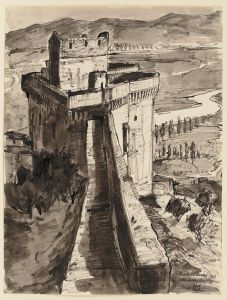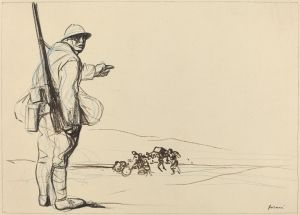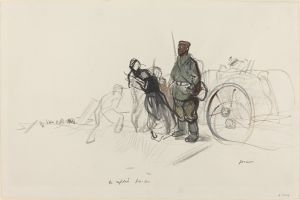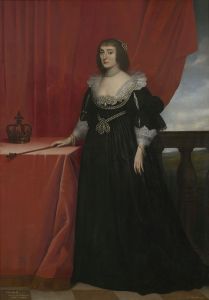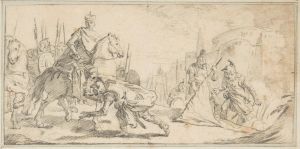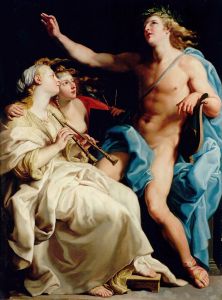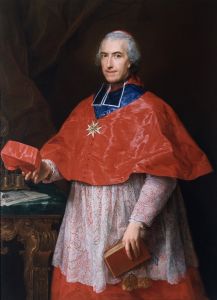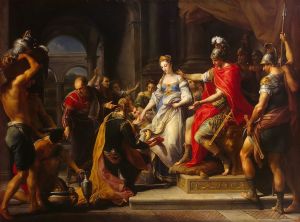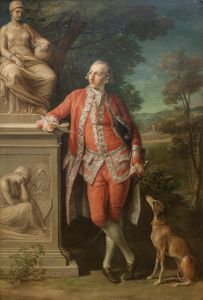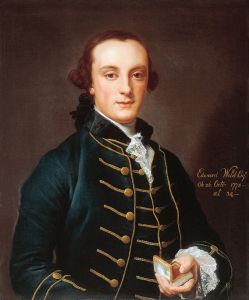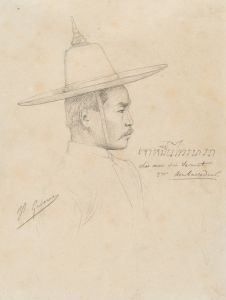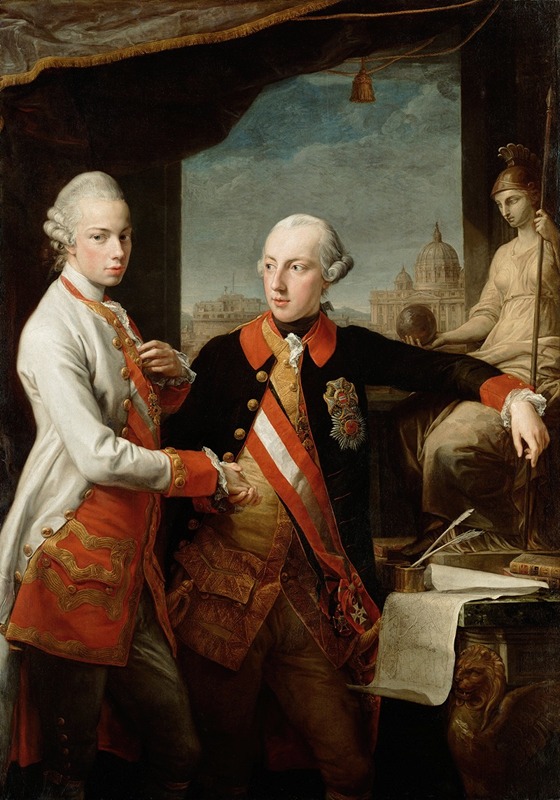
Emperor Joseph II With Grand Duke Pietro Leopoldo Of Tuscany
A hand-painted replica of Pompeo Batoni’s masterpiece Emperor Joseph II With Grand Duke Pietro Leopoldo Of Tuscany, meticulously crafted by professional artists to capture the true essence of the original. Each piece is created with museum-quality canvas and rare mineral pigments, carefully painted by experienced artists with delicate brushstrokes and rich, layered colors to perfectly recreate the texture of the original artwork. Unlike machine-printed reproductions, this hand-painted version brings the painting to life, infused with the artist’s emotions and skill in every stroke. Whether for personal collection or home decoration, it instantly elevates the artistic atmosphere of any space.
"Emperor Joseph II With Grand Duke Pietro Leopoldo Of Tuscany" is a notable painting by the Italian artist Pompeo Batoni. Created in 1769, this artwork is a significant example of Batoni's portraiture, which was highly esteemed during the 18th century. Pompeo Batoni (1708-1787) was renowned for his ability to capture the likeness and character of his subjects, making him one of the most sought-after portraitists of his time.
The painting features two prominent historical figures: Emperor Joseph II of the Holy Roman Empire and Grand Duke Pietro Leopoldo of Tuscany. Joseph II (1741-1790) was the eldest son of Empress Maria Theresa and Emperor Francis I. He became the Holy Roman Emperor in 1765 and was known for his enlightened absolutism, implementing numerous reforms aimed at modernizing the empire and improving the welfare of his subjects. His reign was marked by efforts to centralize and rationalize the administration, promote religious tolerance, and reduce the influence of the Catholic Church.
Pietro Leopoldo (1747-1792), also known as Leopold II, was the younger brother of Joseph II. He served as the Grand Duke of Tuscany from 1765 until 1790, when he succeeded Joseph II as Holy Roman Emperor. As Grand Duke, Pietro Leopoldo was also recognized for his enlightened policies, including economic reforms, the promotion of education, and the abolition of capital punishment in Tuscany, making it one of the first states in the world to do so.
In the painting, Batoni skillfully depicts the two brothers in a dignified and regal manner, emphasizing their status and the bond between them. The composition is carefully balanced, with both figures portrayed in elaborate attire that reflects their high rank and the opulence of the period. The background includes classical architectural elements, which were common in Batoni's works and served to enhance the grandeur of the subjects.
Batoni's attention to detail is evident in the intricate rendering of the fabrics, the lifelike representation of the sitters' faces, and the overall harmonious composition. The painting not only serves as a historical document but also as a testament to Batoni's mastery in capturing the essence of his subjects.
"Emperor Joseph II With Grand Duke Pietro Leopoldo Of Tuscany" is housed in the Kunsthistorisches Museum in Vienna, Austria. The museum's collection includes numerous works of art from the Habsburg dynasty, to which both Joseph II and Pietro Leopoldo belonged. This painting remains an important piece within the museum's collection, offering insight into the personalities and appearances of two significant figures in European history.
Overall, Pompeo Batoni's portrait of Emperor Joseph II and Grand Duke Pietro Leopoldo stands as a remarkable example of 18th-century portraiture, reflecting the artist's skill and the historical significance of his subjects.






